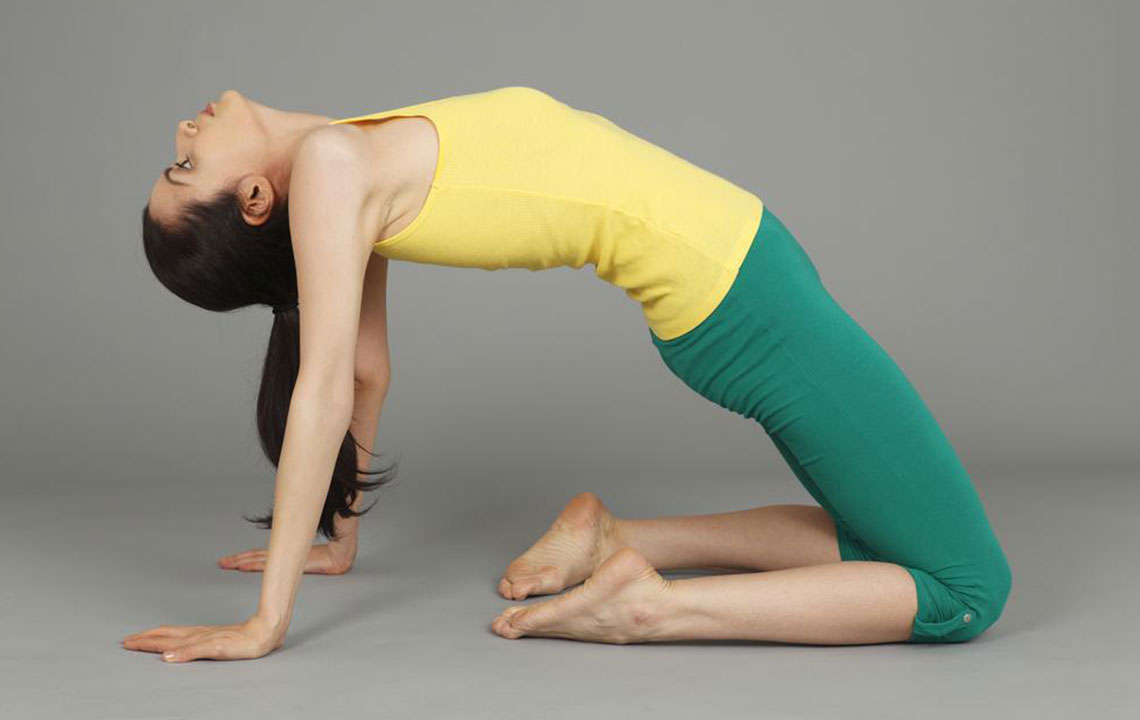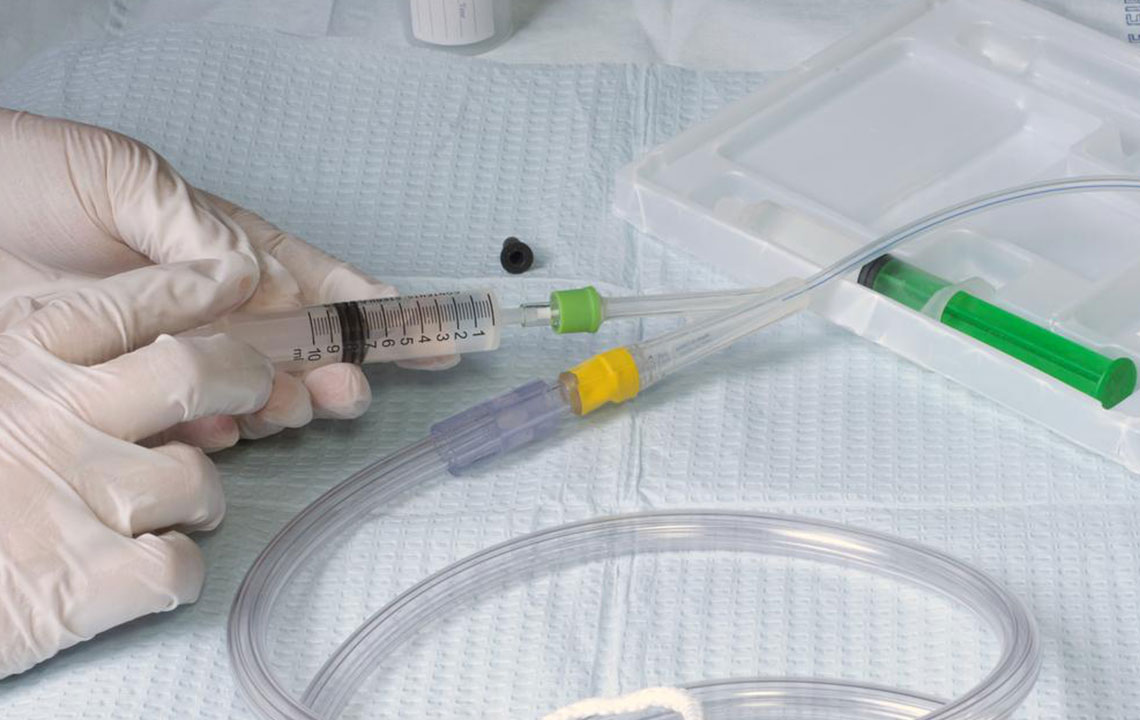The Significance of Pelvic Floor Exercises for Women's Health
Enhancing pelvic muscle strength through targeted exercises like Kegels is essential for women's health. These routines help improve bladder control, prevent prolapse, and support reproductive health. Using devices can aid proper technique, but simple exercises remain highly effective. Incorporating daily pelvic exercises can significantly reduce health issues such as incontinence and pelvic organ prolapse, ensuring long-term well-being and comfort.

Why Pelvic Floor Strengthening Matters
The pelvic region, located between the thighs, houses key reproductive organs. The pelvic floor is a network of flexible muscles forming a sling that supports your bladder, intestines, and in women, the uterus. Like other body parts, these muscles tend to weaken with age. Weak pelvic muscles can fail to provide adequate support, increasing the risk of pelvic organ prolapse (POP). Factors like childbirth, cesarean sections, and pelvic surgeries can contribute to this weakening. A common consequence of weakened pelvic muscles is urinary incontinence, causing uncontrolled urine leakage during activities like coughing or laughing. Understanding Pelvic Floor Muscles
Kegel Exercises Explained
These exercises involve contracting and relaxing the pelvic muscles to strengthen them. Introduced by Arnold Kegel in 1948, these routines help improve bladder control, reduce the risk of prolapse, and may boost sexual health. They also prepare women for childbirth by strengthening relevant muscles.
The primary target is the pubococcygeus muscle, which extends from the tailbone to the pubic bone and supports pelvic organs. Strengthening this muscle benefits the entire pelvic diaphragm, including the levator ani group of muscles.
How to Perform Kegel Exercises Correctly
First, identify the correct muscles by trying to stop urination midstream—if successful, you've located the right muscles. Do not frequently practice stopping urine, as this can cause urinary infections.
Once identified, contract these muscles for three seconds, then relax for three seconds. Repeat this ten times, gradually increasing hold time to ten seconds. Once familiar, perform these exercises discreetly anytime, such as during commutes or breaks.
Assistive Devices for Kegel Exercises
For enhanced results, various devices can support women during exercises, including:
Small vaginal balls of 20-35mm in diameter, available in different weights, to be held during routine.
Vaginal cones and barbells that provide resistance when inserted into the vagina.
Feedback-enabled rubber balls that monitor pressure and guide proper technique.
Electrical Kegel trainers that deliver gentle current to induce muscle contractions.
Progressive resistance devices that challenge muscles for optimal toning.
While device-assisted exercises can be helpful, research indicates that simple routines without equipment are most effective. Nonetheless, resistance-based tools with feedback can enhance muscle targeting and strength development.
Overall, Kegel exercises are a practical, non-invasive way to strengthen pelvic muscles, combat incontinence, prevent prolapse, and promote pelvic health. Many women find that these routines are easy to incorporate into daily life, especially with targeted devices for guidance.










